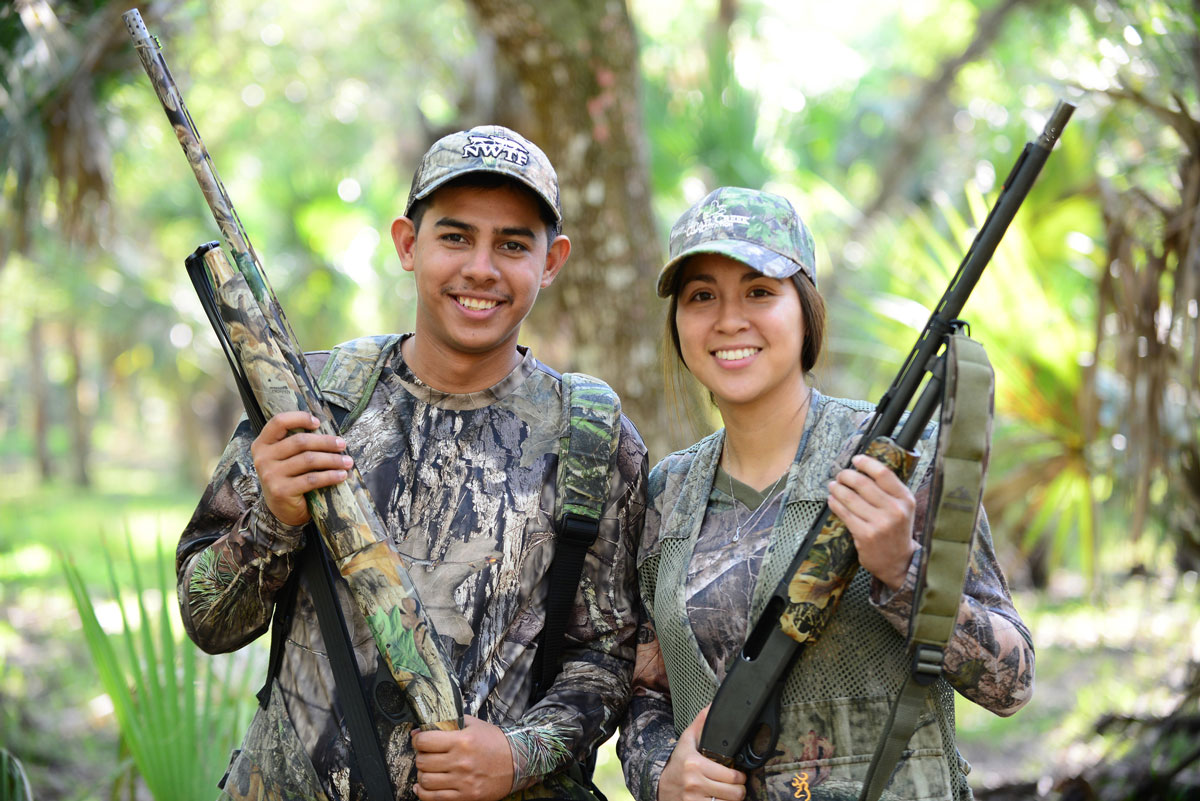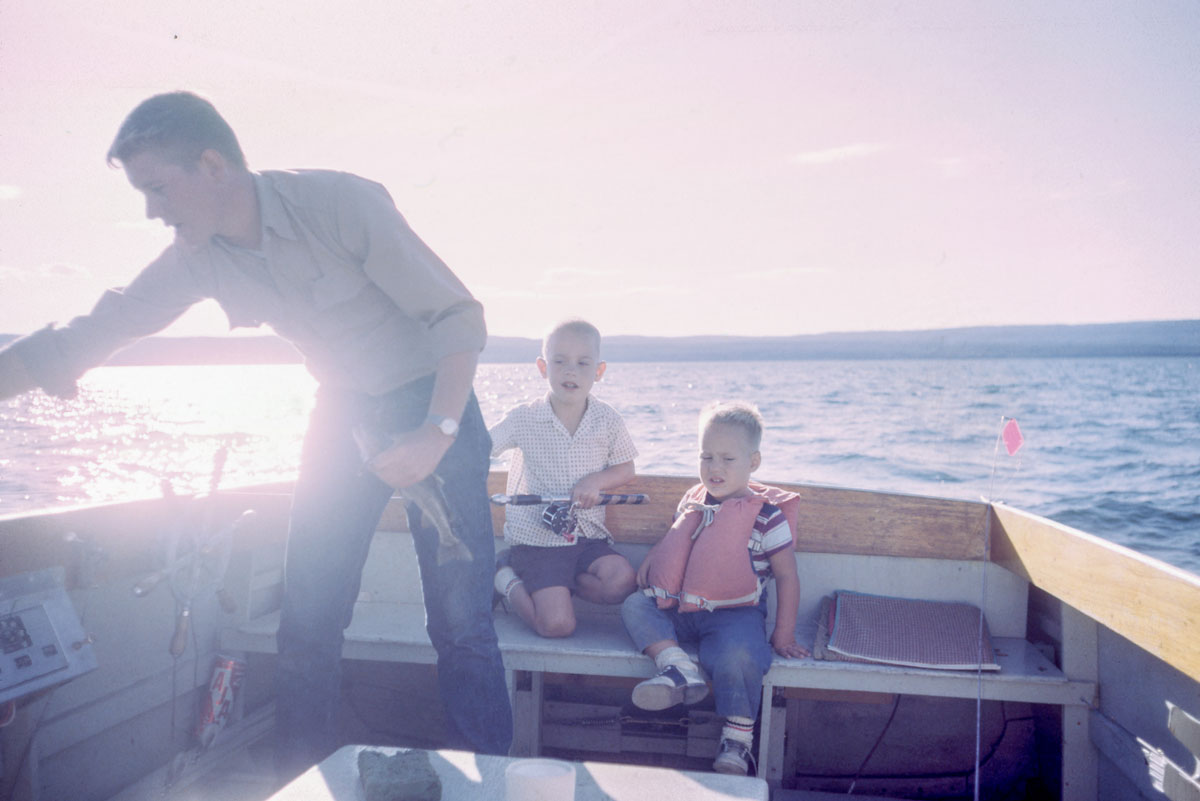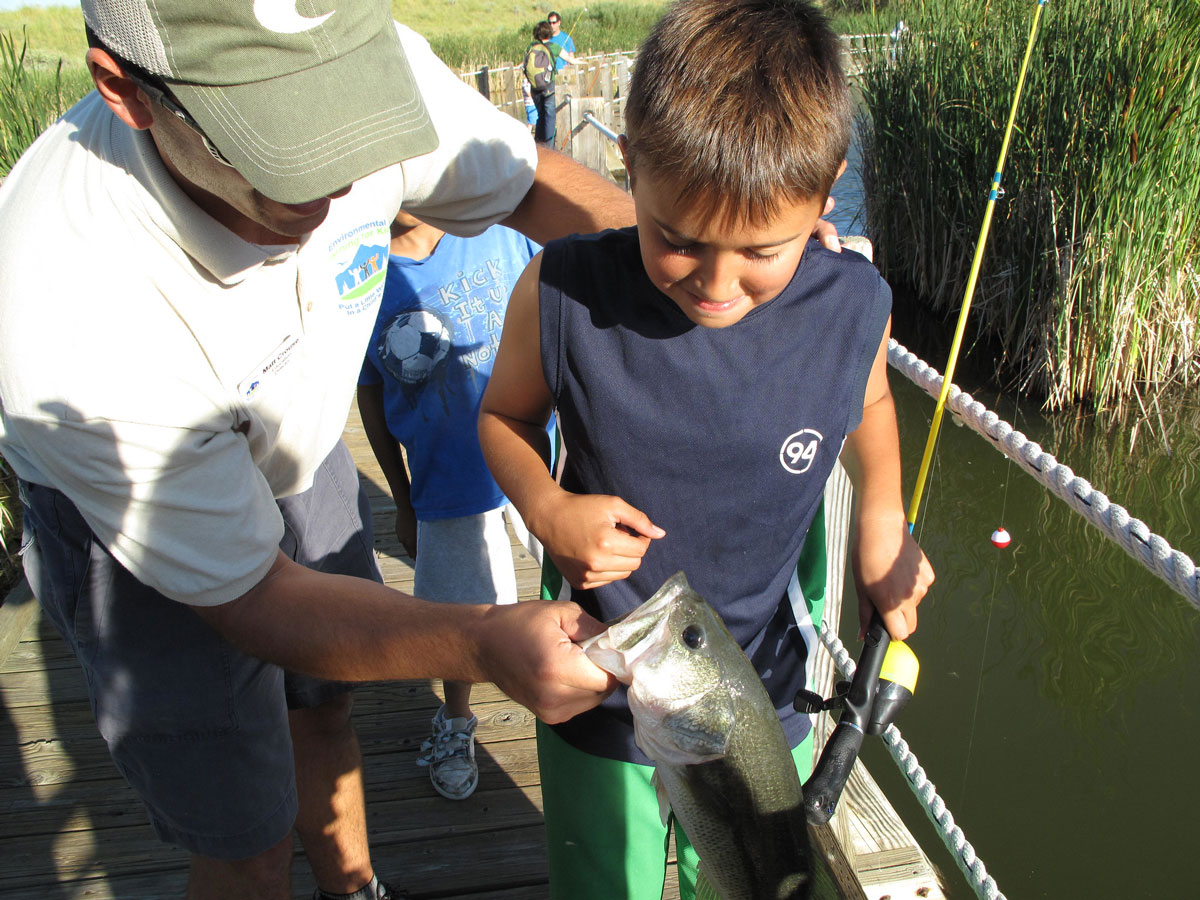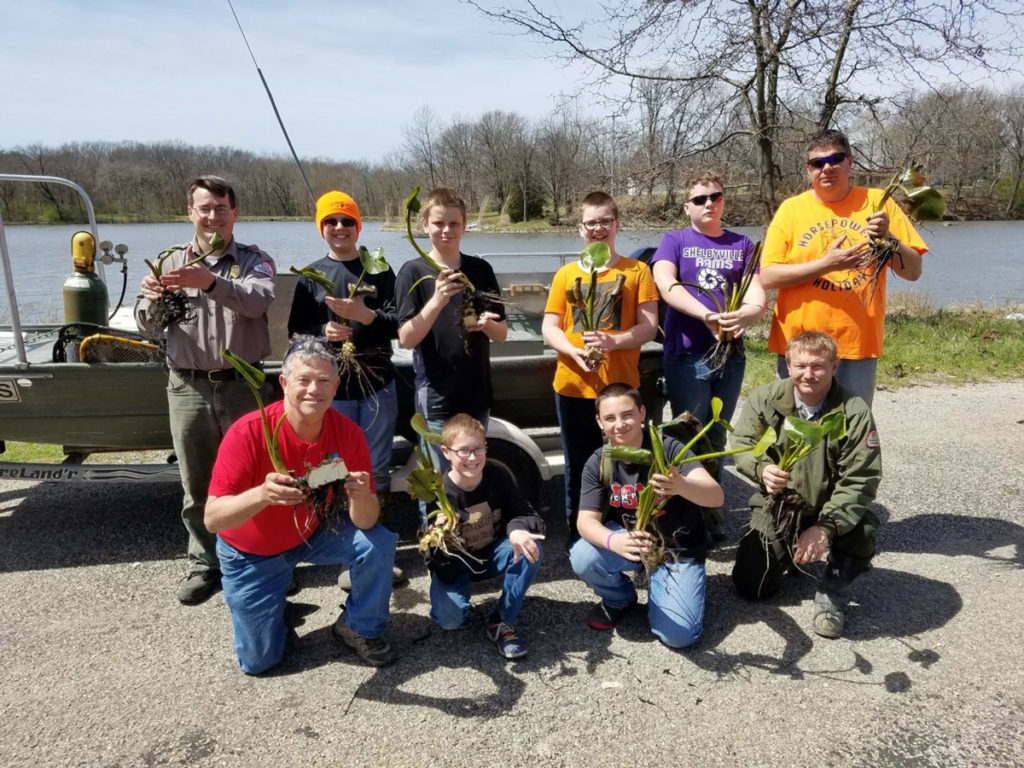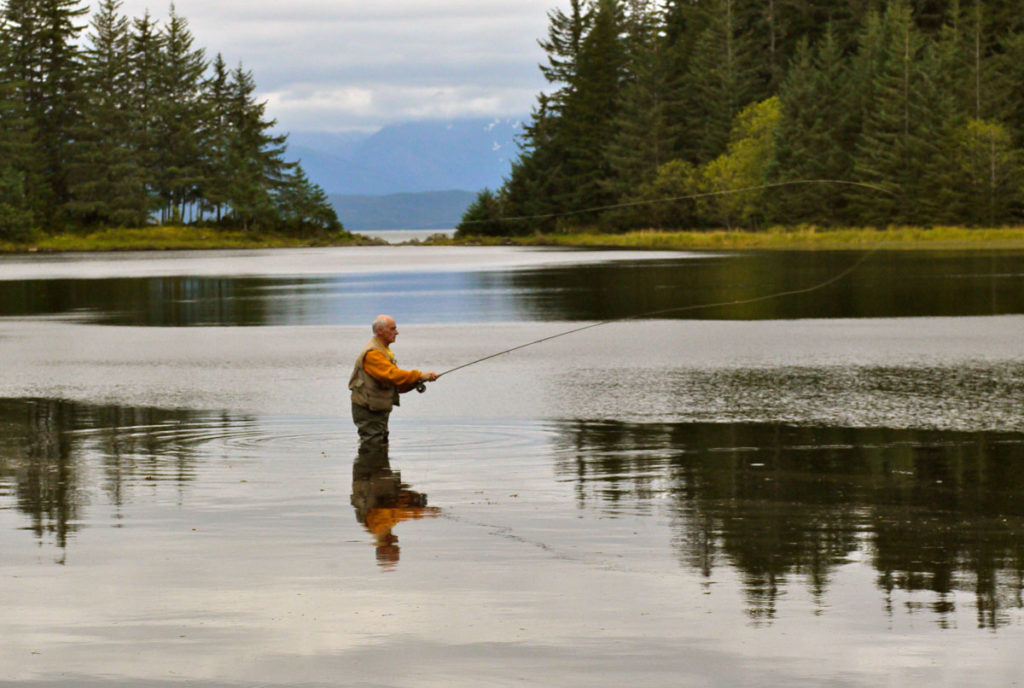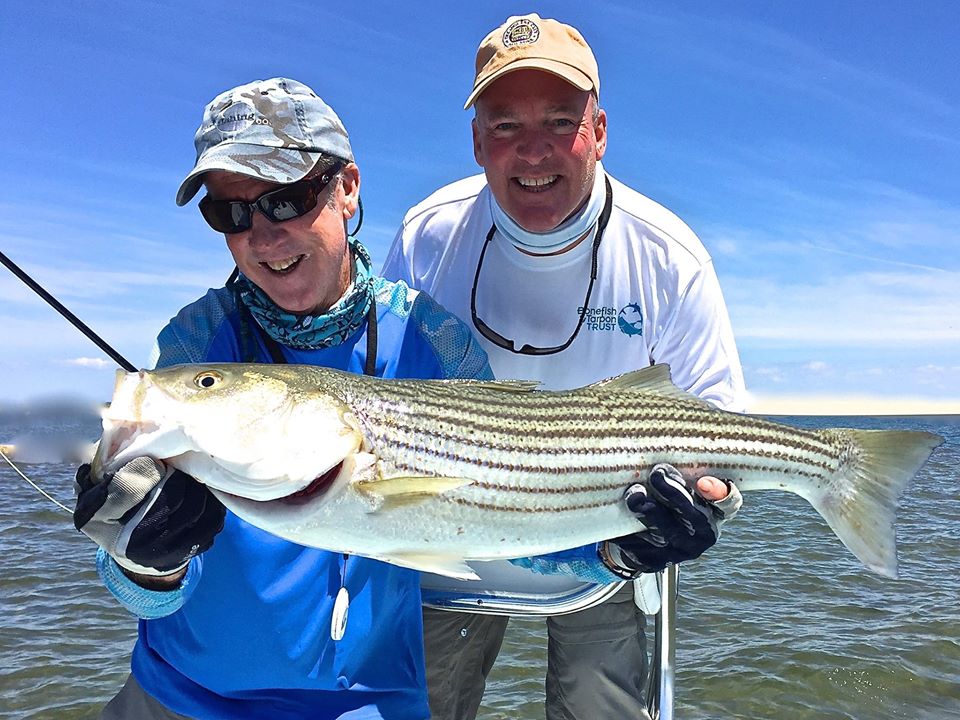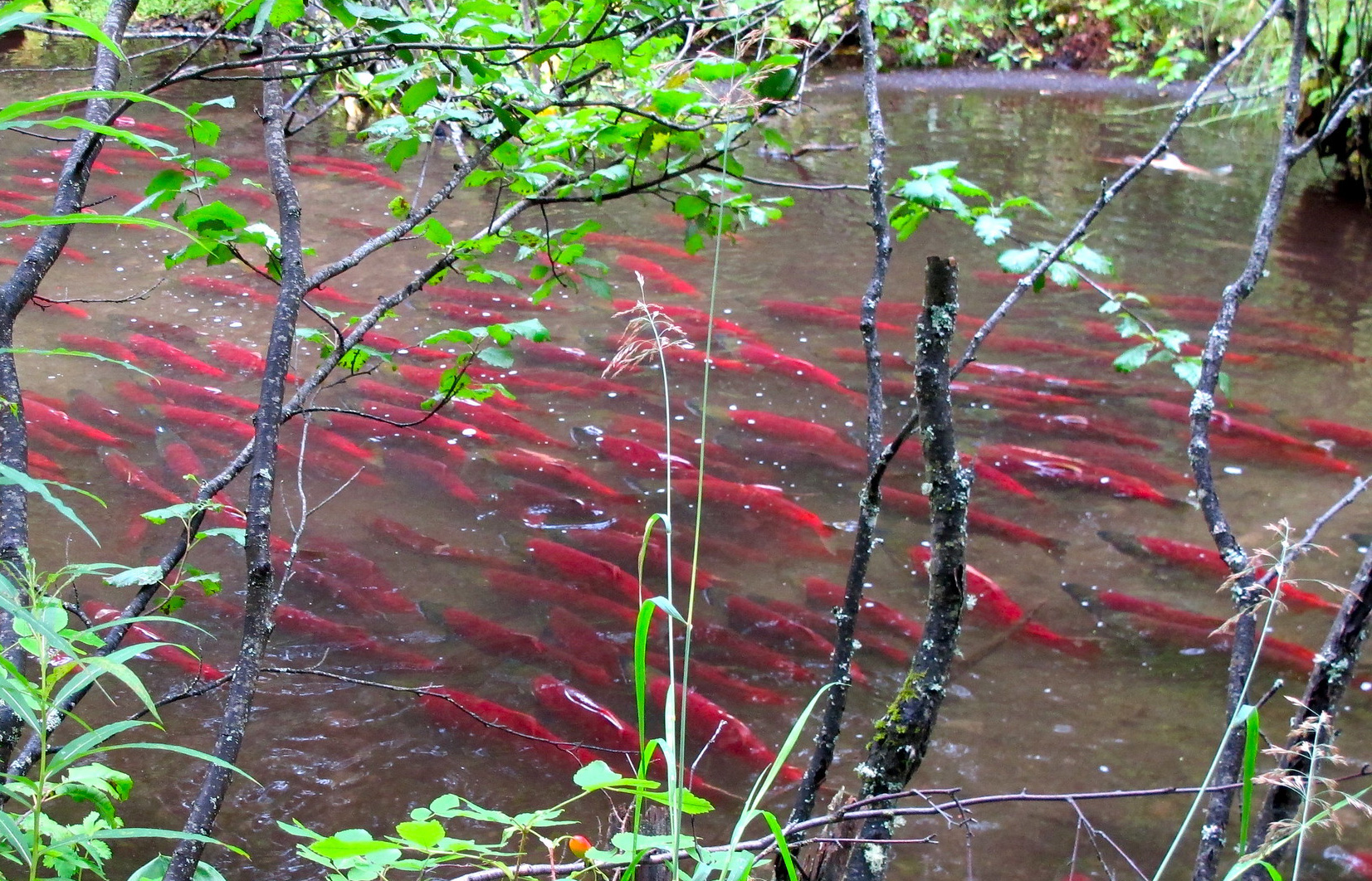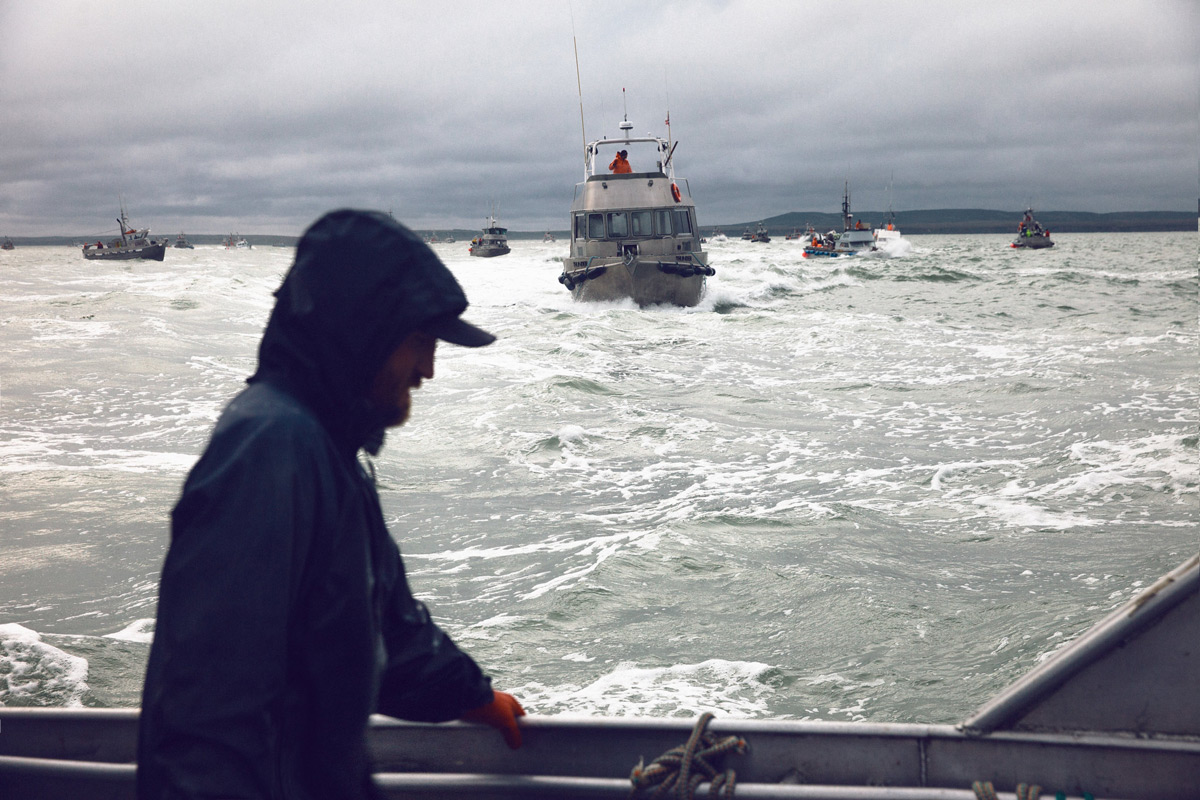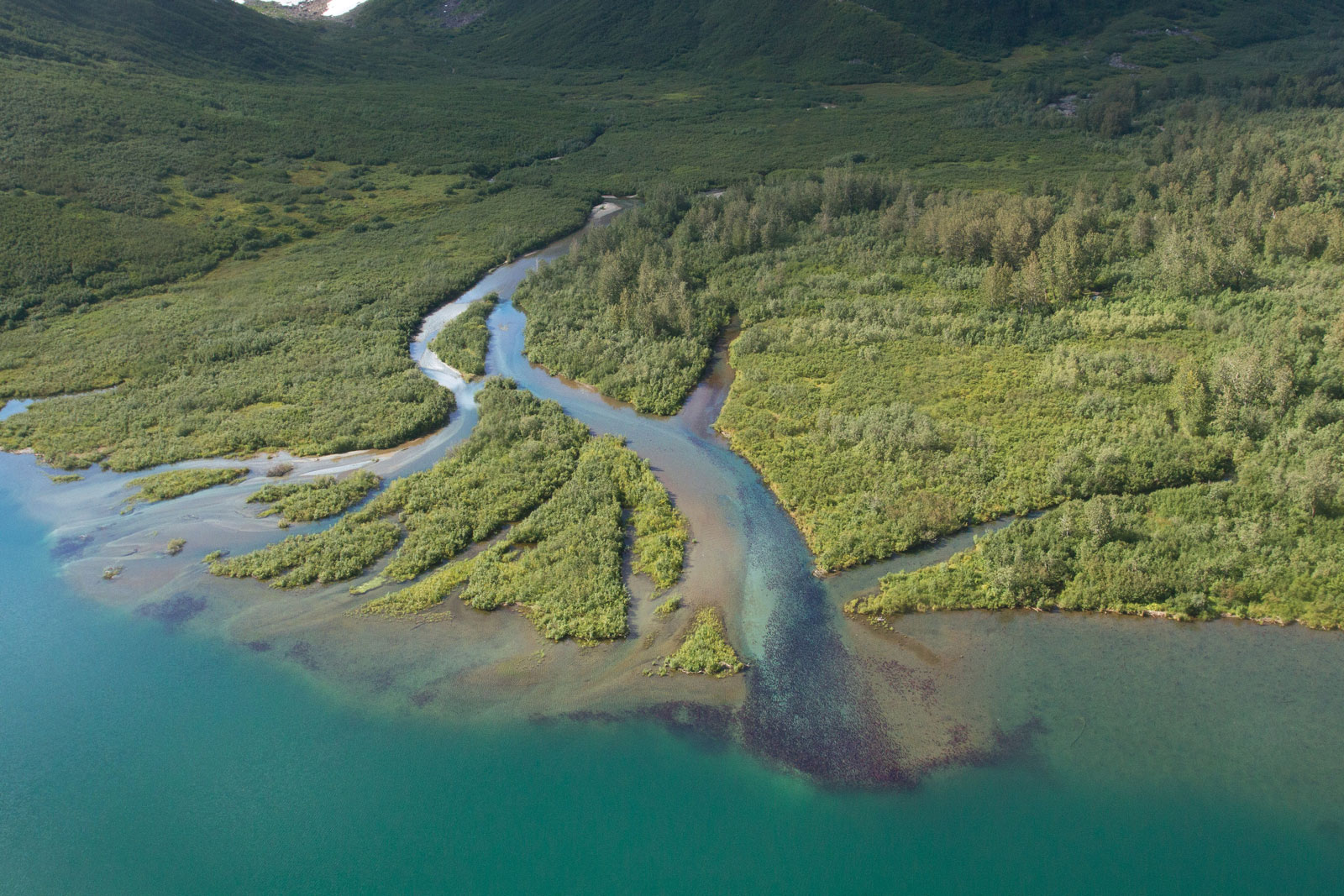This year, REI challenges everyone who loves the outdoors to opt to act in service of public lands and habitat
In 2015, our friends at REI laid down the original challenge: They would pay their workforce to stay home on Black Friday, and meanwhile they urged ALL Americans to spend time outdoors instead of shopping. Since then, #OptOutside has become a movement embraced by hikers and hunters alike.
But this year, the company admits that it isn’t enough.
It’s easy to choose to spend our time on America’s public lands and waters instead of in malls this holiday weekend. But—as REI’s president and CEO Eric Artz writes in the most recent Co-op Journal—outdoorsmen and women of all stripes must opt to act as well. Our natural resources face new and enduring challenges, and it will take all of our voices in harmony to push back on bad conservation policies and habitat setbacks that could take decades to undo.
Fortunately, this is pretty much the business that we’re in here at the TRCP—giving you opportunities to take action on the issues that are most critical RIGHT NOW.
And, not to brag, but we never waste your time with misdirection or scare tactics. If you’re hearing from us, it’s because critical or damaging legislation is on the move and you have a chance to make a difference. We translate the wonky policy language that some decision-makers are hoping will confuse you, and we provide hunters and anglers with the tools to make your voices heard in a few clicks or less.
If you’re willing to do more than simply enjoy the outdoors this Black Friday, here are five things you can do to safeguard all the ways we #OptOutside.
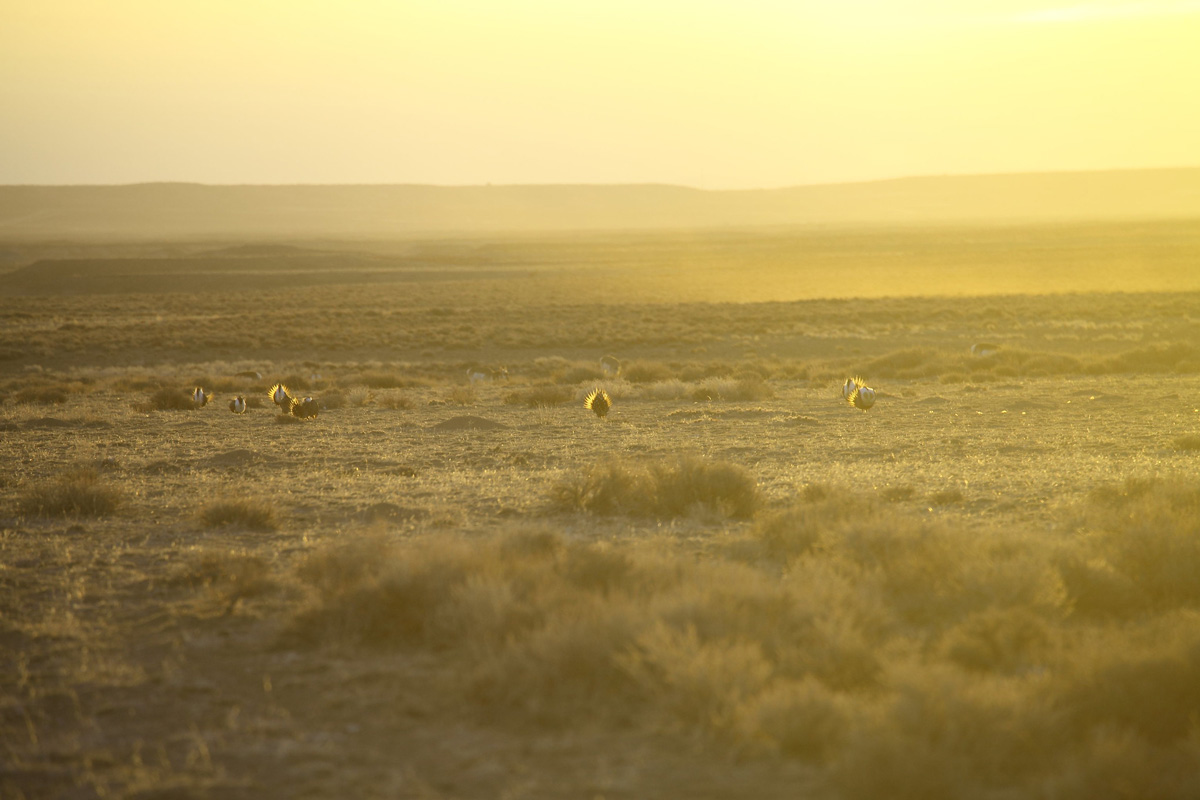
Enhance the Power of One of Our Best Public Lands Programs
With momentum behind a Senate bill that passed out of committee last week, now is the perfect time to remind lawmakers that the Land and Water Conservation Fund benefits every kind of public land user and has created access or habitat in all 50 states since its inception. Specifically, what we need now is full funding for the LWCF at its annual $900 million potential, which would go a long way toward unlocking the nearly 16 million acres of public land that are entirely surrounded by private land and therefore legally inaccessible to the Americans who own them. Add your voice to this rallying cry.
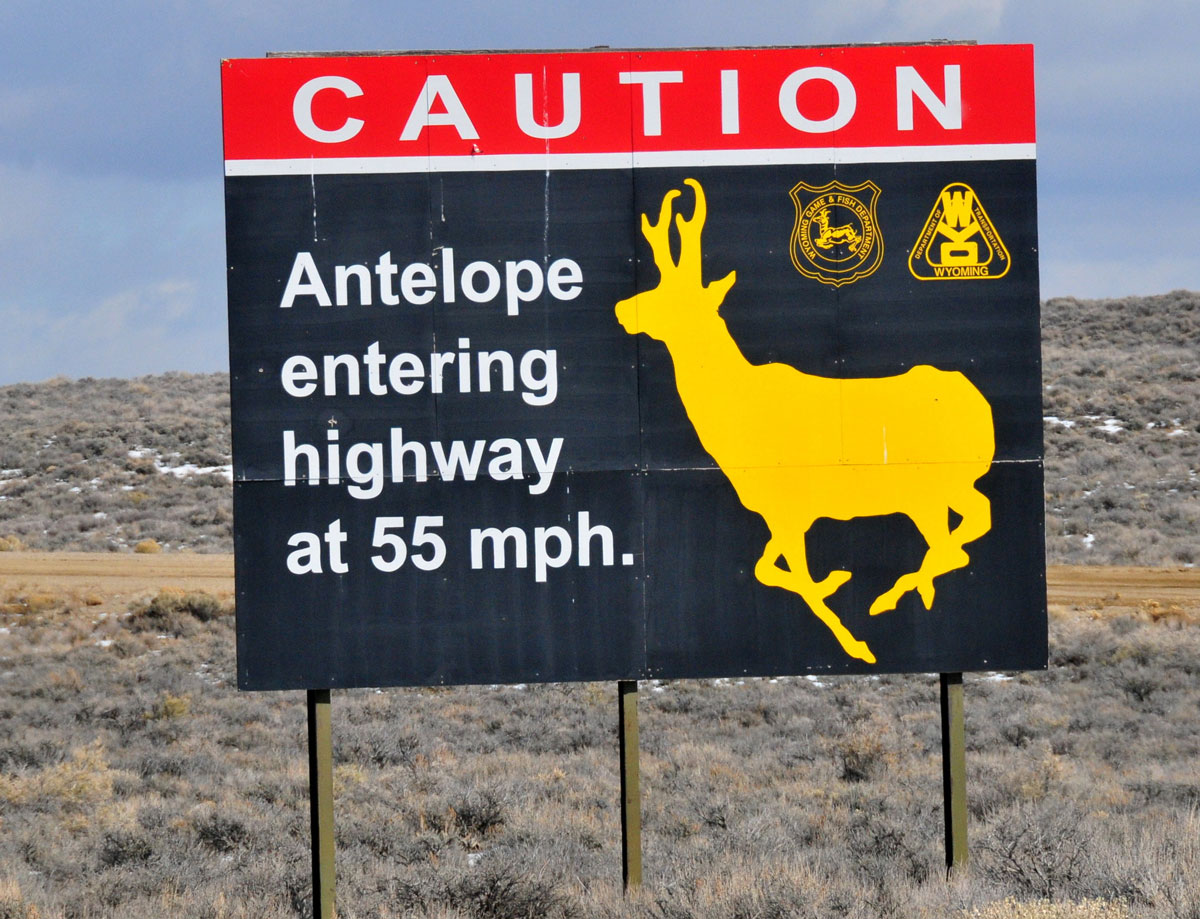
Make the Trip “Over the River and Through the Woods” a Little Safer
In many parts of the country, you’re highly likely to encounter deer or other critters crossing the road on your way to grandma’s house this week. This risk of collision is no good for drivers or wildlife, and Congress has a chance to make a dedicated effort to keep animals off busy roadways—something that Western states say they’d prioritize if they had dedicated funding. Take action to ask lawmakers for a Highway Bill that sets aside funding for wildlife-friendly overpasses, underpasses, culverts, and other crossing structures that benefit wildlife and motorists.
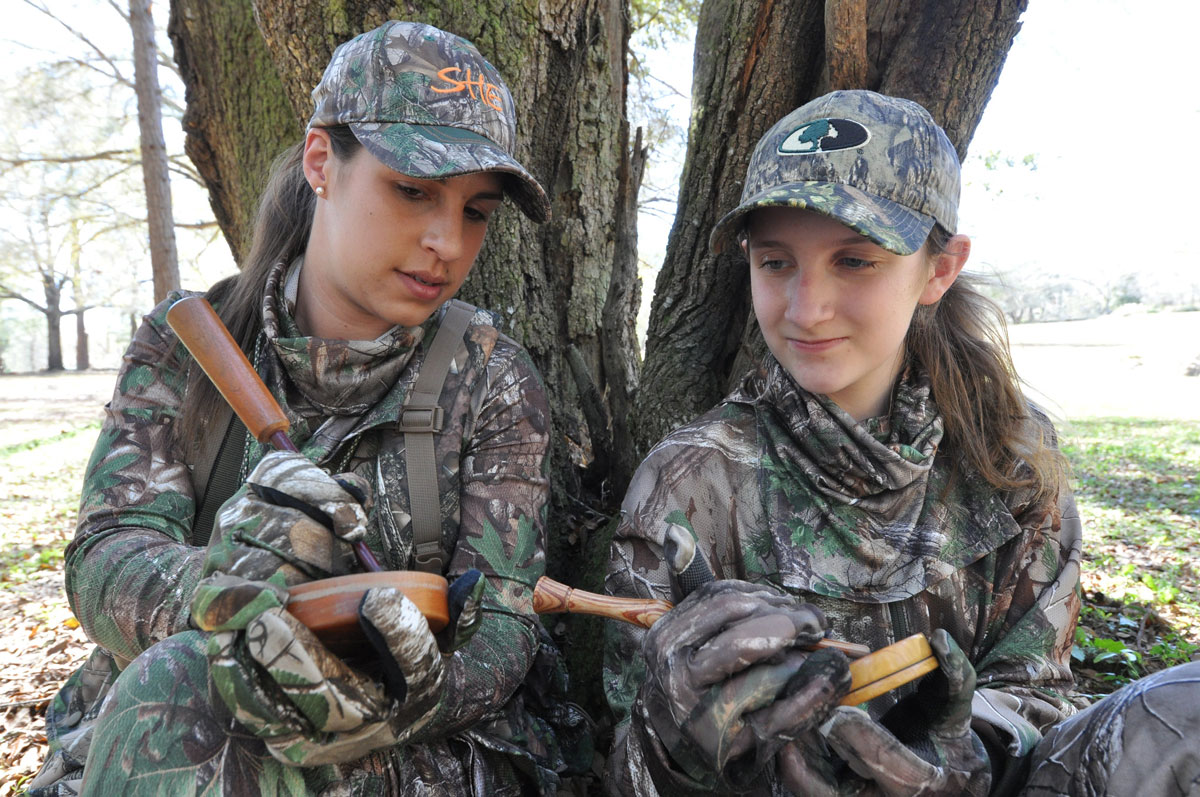
Watch and Learn
Sometimes just getting informed is half the battle—and that’s where these videos come in: Deer hunters can help prevent the spread of chronic wasting disease by following these basic steps in the field. Anglers looking to fish any of the Colorado River’s vast tributary network should understand this about the future of water management in the region. And these clips help explain why redfish and speckled trout aren’t the only ones benefiting from efforts to restore the disappearing coastline along the Gulf of Mexico. Bone up on the basics so you’re ready to act when conservation is threatened.
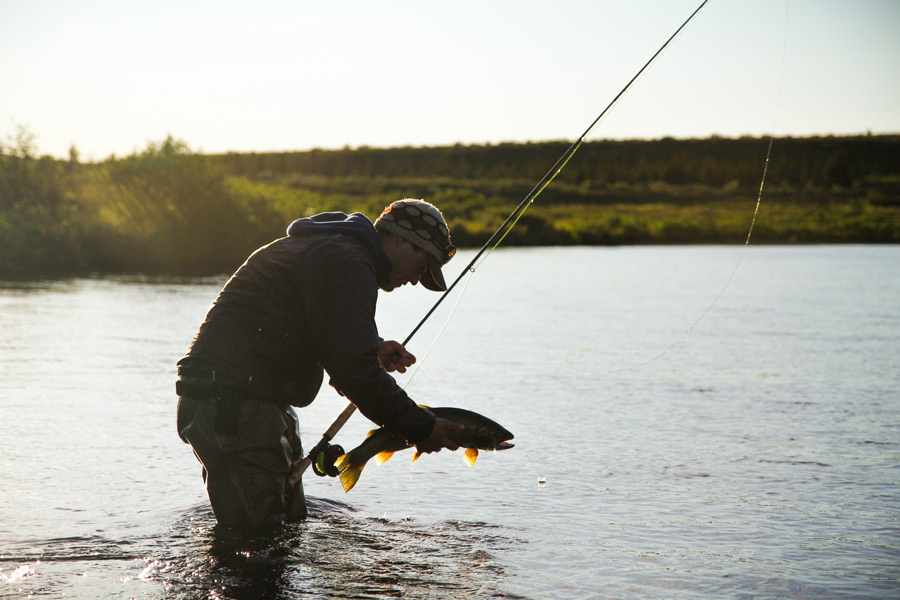
Defend Bucket-List Destinations
Balanced use of our public lands and natural resources is necessary, but there are some habitats that are too special to risk exposing to the impacts of development. If you dream of mule deer hunting the untouched backcountry of Nevada’s “Swiss Alps” or landing a salmon in Alaska’s famed Bristol Bay, speak up now for legislation and congressional support that will ensure these one-of-a-kind landscapes are there for you and future generations.
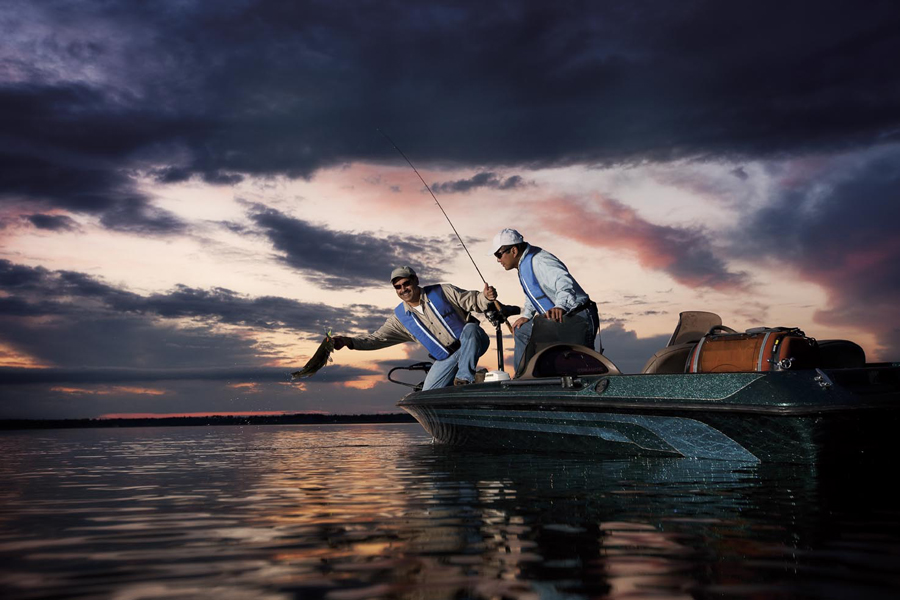
Keep It Local
Want to do more right at home? Residents of the Atlantic Coast, Pennsylvania, Wyoming, Alaska, Colorado, Idaho, and other states can find regional conservation issues to support on the bottom half of the TRCP Action Center page. Check it out, fill one out, and fuel more of what you like to do outdoors.
Top photo by Tony Young/FWC.

